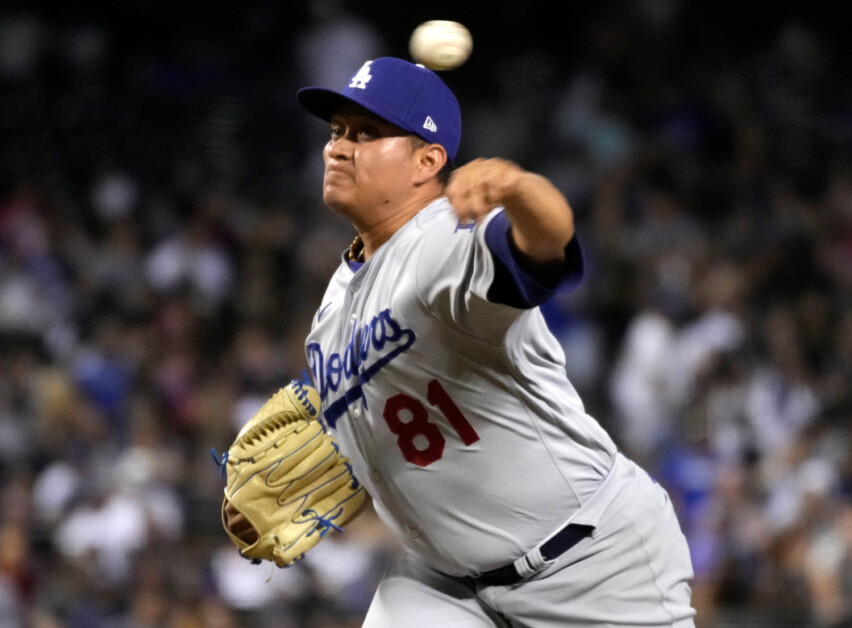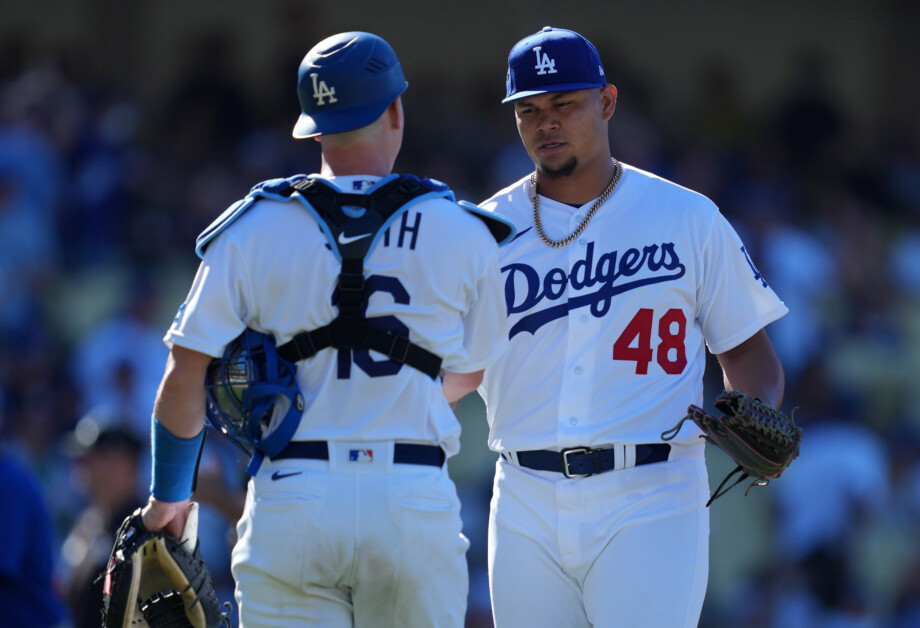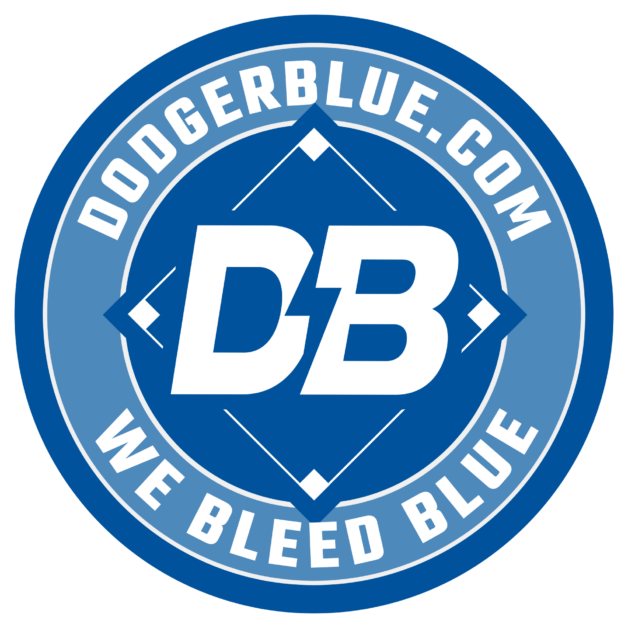Among the biggest changes coming to MLB for the 2023 season is a pitch timer intended to speed up games and increase action on the field.
A pitch clock was tested throughout the Minor Leagues and independent Atlantic League in recent years before going into effect during Spring Training games this year. It has had a significant impact thus far in terms of pace of play and runs scored.
The rule states that a pitcher must begin his motion before the expiration of the 15-second timer, or 20 seconds with at least one runner on base. Additionally, a hitter must be in the batter’s box and alert to the pitcher with at least eight seconds remaining.
MLB commissioner Rob Manfred has been pleased by the early results, but a variety of clarifications were sent to teams via memo, according to ESPN’s Jeff Passan:
On brushback pitches and “big swings” — which either knock equipment out of place or land a player splayed out on the ground — umpires will delay the start of the clock and, if the clock operator starts it early, have the ability to wave off the timer.
In situations where pitchers find themselves away from the mound — whether to cover first base or back up throws to home or third base in foul territory — the 30-second between-batters clock will be delayed. It restarts when the pitcher making a play at first is back on the infield grass and one backing plays up is in fair territory.
Placing the onus on hitters to restart the clock if they take a timeout. Hitters may call time once in an at-bat, and previously the clock was starting from 15 or 20 when players stepped into the batter’s box and were alert, leading to pitchers potentially holding the ball for long periods of time. Under the new guidelines, a player, regardless of where he is standing, must indicate to an umpire that he is ready to resume play, at which point the umpire will tell the operator to wind the clock.
There have already been some tweaks to the pitch clock, including the closure of a loophole that allowed pitchers to quick pitch batters.
The new changes address the starting of the timer, which could be delayed a few seconds until a baserunner returns to his base.
Umpires already have the authority to provide additional time if warranted for special circumstances, such as the catcher making the last out of an inning and needing more time to put his gear on.
MLB competition committee votes to implement two additional rule changes
In addition to the pitch clock, shift restrictions and the use of larger bases, the joint competition committee voted last month to make the ‘ghost runner’ in extra innings rule permanent and clarified when position players will be permitted to pitch this season.
Have you subscribed to the Dodger Blue YouTube channel? Be sure to ring the notification bell to watch player interviews, participate in shows and giveaways, and stay up to date on all Dodgers news and rumors!










